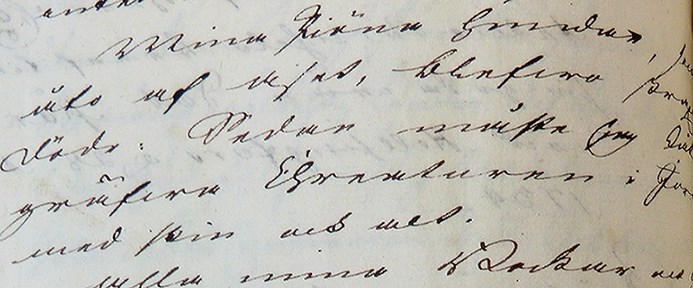Facts:
Project leader
Johanna Widenberg, Research Associate, Division of Agrarian History, SLU (-2018)
External funding
Vetenskapsrådet dnr 2010-1297

The project investigated the ravages of rinderpest in the 18th century kingdom of Sweden and the combat strategies employed by authorities, medics and animal owners.
Many diseases affecting domestic livestock raged in Sweden and Finland during the 18th century, but rinderpest (lat. pestis bovina) received particular attention due to its high degree of contagion and levels of mortality amongst cattle. As a direct result of the ravages of rinderpest epizootic control became an important social issue and state sanctioned activity.
This study mapped the spread and extent of rinderpest in 18th century Sweden (now Sweden and Finland) and analysed and discussed combat strategies. The limited Swedish research that existed in this field indicated that authorities, medics and animal owners did not always agree as to how rinderpest should be combated.
This study approacheed the alliances and conflicts that appeared as expressions of diverse or common ideas, interests and aims. The actions of all three parties could be related to phenomena such as attitude to animals, conceptions of medicine and disease as well as interest in livestock management and the agrarian economy. In this way the different strategies could be related to other agricultural political questions of the time.
The study aimed to nuance and renew the debate concerning interest groups, actors, cooperation and conflict in 18th century agrarian society and agricultural politics, but also provide new insights and perspectives in an area which has been considerably neglected in Swedish agrarian historical research, namely the history of rinderpest, epizootic control and veterinary medicine.
Johanna Widenberg, Research Associate, Division of Agrarian History, SLU (-2018)
Vetenskapsrådet dnr 2010-1297

Jesper Larsson, Senior Lecturer, Head of Division, Division of Agrarian History, SLU, +4618671853